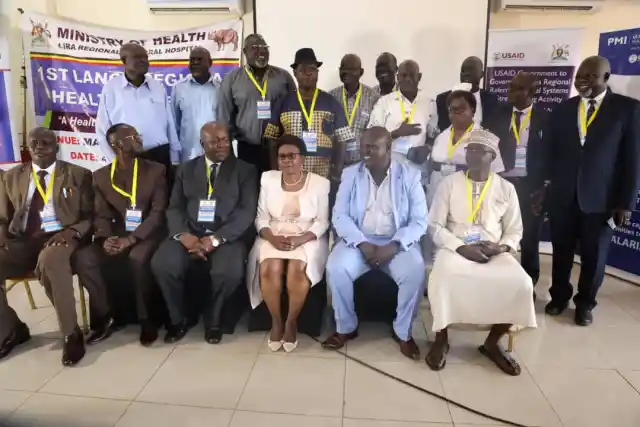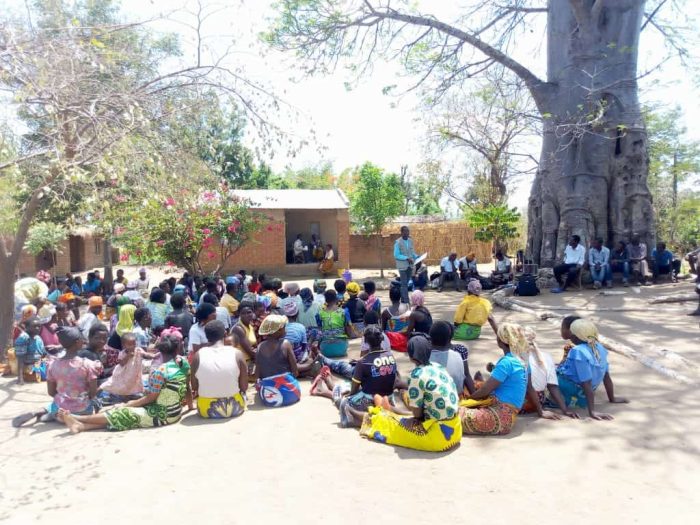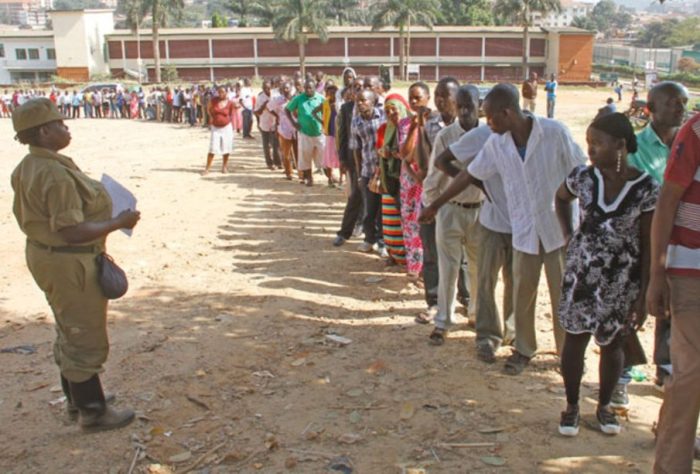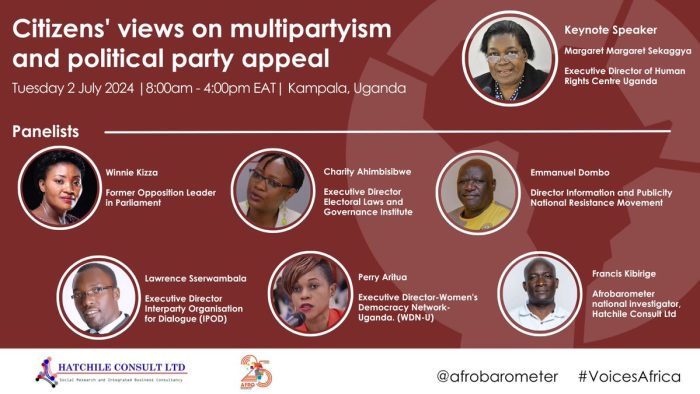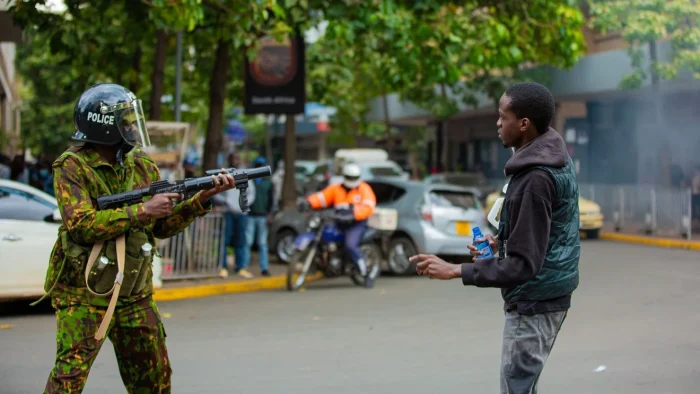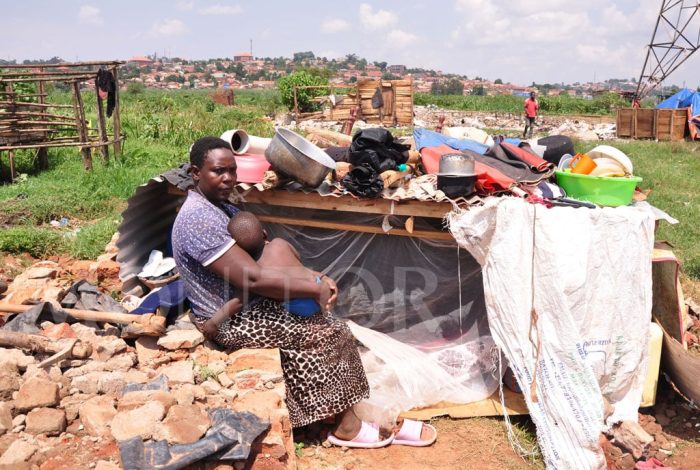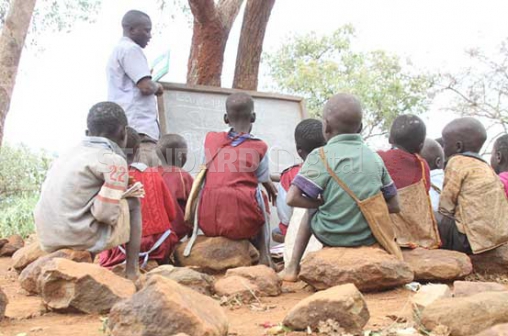
In a poignant exposé published on the Daily Monitor, Uganda’s leading news outlet, the stark reality of education in Bundibugyo unfolds, revealing a sobering truth that challenges the very essence of educational equity and access. In this remote corner of Uganda, amidst lush greenery and rolling hills, lies a community where the pursuit of knowledge is marred by unimaginable hardships.
The article paints a vivid picture of schoolchildren in Bundibugyo, perched precariously on rough stones as makeshift seats, their eager faces pressed against tattered textbooks as they strive to absorb the lessons being taught. For these students, the absence of desks and chairs is not merely an inconvenience but a daily reminder of the glaring disparities that define their educational experience.
As the story unfolds, it becomes clear that the lack of basic infrastructure is just one of many challenges facing schools in Bundibugyo. Overcrowded classrooms, dilapidated buildings, and a shortage of teaching materials further compound the difficulties faced by both students and teachers alike. Despite their resilience and determination, the odds are stacked against them, threatening to derail their dreams of a better future.
Amidst the adversity, however, there are glimmers of hope. The article highlights the tireless efforts of local leaders, community activists, and nonprofit organizations working to improve educational outcomes in Bundibugyo. From fundraising campaigns to infrastructure projects, these initiatives are driven by a shared commitment to ensuring that every child has the opportunity to receive a quality education, regardless of their circumstances.
In shedding light on the plight of schoolchildren in Bundibugyo, the article serves as a rallying cry for action and solidarity. It calls upon government officials, policymakers, and stakeholders at all levels to prioritize investment in education and address the systemic inequalities that perpetuate educational disparities. It urges donors and philanthropists to lend their support to grassroots efforts aimed at improving school infrastructure and enhancing learning outcomes in underserved communities.
Ultimately, the story of Bundibugyo is not just about the challenges faced by one community but a reflection of broader issues of social justice and human rights. It calls upon us to confront the uncomfortable truths that lie at the intersection of poverty, inequality, and education and to work together towards a future where every child has the opportunity to learn, grow, and thrive.

![Women Leadership Development [WLEDE]](https://wlede.org/wp-content/themes/kipya/images/logo-WLEDE.png
)
